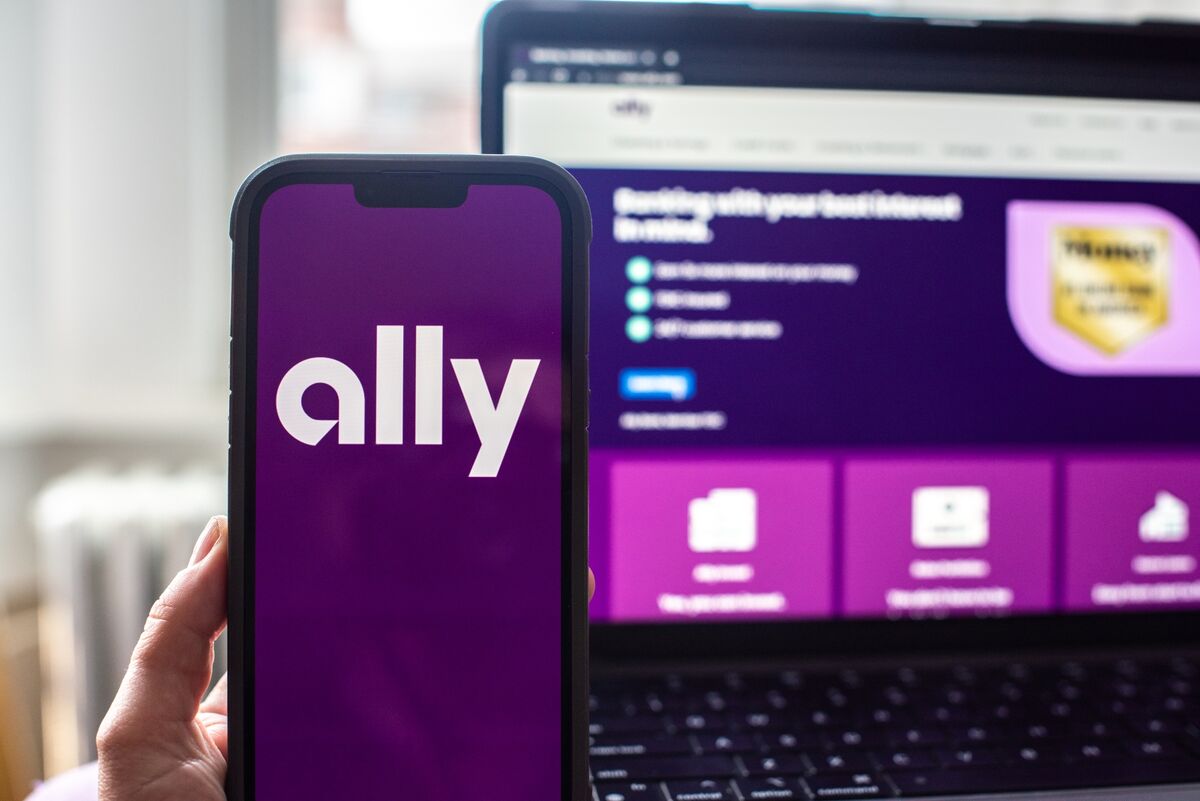As someone who loves music and is frequently in very loud cities like Hong Kong, Bangkok and downtown Los Angeles, I have earbuds in my ear probably more than half of my waking hours. The type of earbud I wear depend on the situation: if I need to silence the outside world, I’d wear either Apple’s AirPods Pro 2 or Bose’s QuietComfort Ultra Earbuds, for my money the two best active noise cancellation earbuds on the market right now.
But I also have sensitive skin (or ears) and do not like the feeling of silicon ear tips jammed into my ear canal for too long. So for ear relief, sometimes I’d jump over to the Nothing Ear Stick or the Samsung Galaxy Buds Live for their open ear design, meaning the earbuds sit just on the concha of the ears, without actually going inside the ear holes.
It should be clear why open ear earbuds are more comfortable for most people, but the open nature of the design means it’s very difficult to provide real noise cancellation, since the wearer’s ear canals are open to the outside world. The silicon tip in most earbuds act as ear plugs of sorts, which help seal off sound.
Apple’s new AirPods 4 with ANC changes things. It is an open ear design earbuds with active noise cancellation (ANC) that really works. In fact, even after two weeks of wearing I am still amazed at how well it works.
The active noise cancellation is achieved using microphones on each bud paired with Apple’s H2 chip. The mics take in sound from the outside, the H2 chip then uses machine learning to filter out as much as possible, before pushing audio to your ears.
This is exactly how all active noise cancellation work, but either Apple’s H2 chip or the microphones are better than most (or maybe a combination of both), because the active noise cancellation really works so well. In fact, I’d say the AirPods 4’s ANC is over 95% as good as the AirPods Pro 2’s ANC in quiet settings like American suburbs, and 90% as good in really noisy settings like Hong Kong and airplanes.
I can’t stress enough how unbelievable it is that AirPods with open ear design manages to silence outside noise as well as it does. Audio quality from the new AirPods are also top notch, and if you use them with iPhones you get excellent features like Spatial Audio and the ability to have your incoming notifications read aloud to your ear.
Even if you don’t use an iPhone, the new AirPods work perfectly fine with Android phones (or Windows laptops)—you just lose out on the aforementioned features.
The AirPods 4’s case is also smaller than before, but I am not a fan of the new button-less design. All previous AirPods models (and most wireless buds for that matter) have a physical button that you use to initiate pairing. To do the same pairing initiation with the new AirPods, you have to double tap the front of the case, which is simple enough once you learn how to do it, but Apple’s AirPods packaging does not provide clear instructions. And so when I first began using the AirPods 4, after pairing with my first device (an iPhone 15 Pro, with pairing done via on-screen prompts automatically), I did not know how to pair to another device for two days. Eventually I had to Google search to find the double tap answer.
Apple advertises four hours of battery life on a single charge with ANC on, and five hours without. That sounds about accurate for a recent long-haul flight I took.
Finally, do note that there are two versions of AirPods 4: one with ANC and one without. The plain Jane no ANC model is cheaper at $129 (U.S. pricing, with global pricing similar after conversion), while the ANC model I tested is $179. I really don’t think anyone should buy the base model unless they are really that tight on money they need to save the extra $50. The ANC in the AirPods 4 are game changers and should be useful to anyone.
The AirPods 4 are now easily my favorite earbuds to wear, because it offers me the best of both worlds: comfortable fit and silence from the world’s noise.















